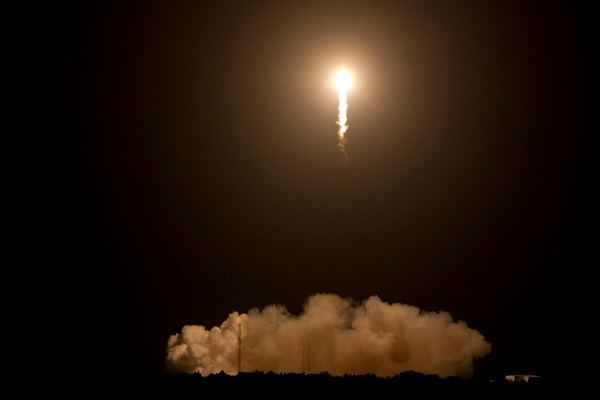
A significant snow and ice storm, accompanied by frigid temperatures, is expected to impact the eastern two-thirds of the United States in the coming days. Meteorologists are forecasting a blast of Arctic air that will reach as far south as Florida, leading to hazardous weather conditions across a vast region.
Starting this weekend, a large swath of the country, stretching from Kansas City to Washington, is anticipated to experience moderate to heavy snowfall. The National Weather Service has issued warnings of substantial snow accumulations, with some areas likely to receive at least 8 inches of snow. Additionally, dangerous ice storms are expected in southern Kansas, Missouri, Illinois, Indiana, Kentucky, and West Virginia, posing a significant threat to power lines and infrastructure.
Meteorologists have raised concerns about the potential for blizzard conditions, particularly in Kansas and neighboring regions, with wind gusts reaching up to 50 mph. As the storm progresses, bone-chilling temperatures and harsh wind chills are predicted to persist throughout the week, affecting millions of people in the eastern part of the country.
Experts are forecasting temperatures to plummet well below normal levels, with some areas experiencing the coldest January in a decade. The Arctic air mass, driven by the polar vortex, is set to bring prolonged periods of extreme cold, extending from the Ohio Valley to the Gulf Coast. Even states like Florida are expected to face freezing conditions, while northern regions could see temperatures near zero.



The impending weather event has been linked to a rapidly warming Arctic, underscoring the influence of climate change on extreme weather patterns. Scientists point to changes in the polar vortex and the jet stream, exacerbated by Arctic warming and sea ice loss, as key factors driving these severe cold outbreaks.
This latest winter storm serves as a stark reminder of the interconnectedness between climate change and weather extremes, highlighting the need for continued research and mitigation efforts to address the evolving climate challenges.
For more climate coverage, visit AP's climate page.







